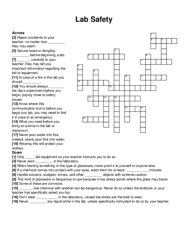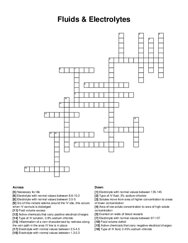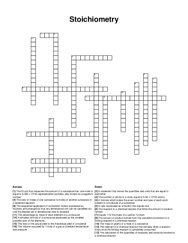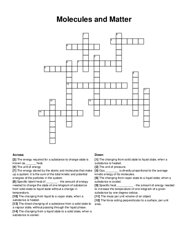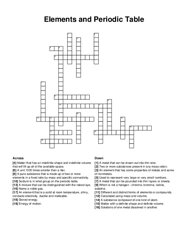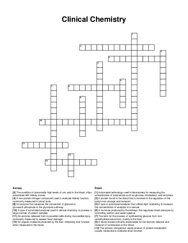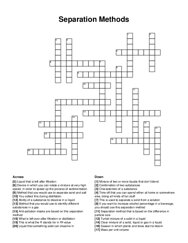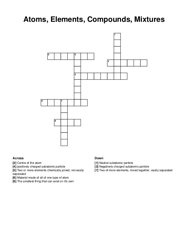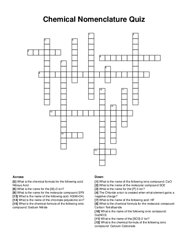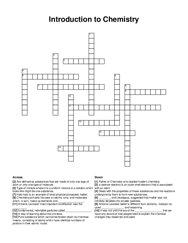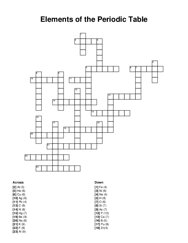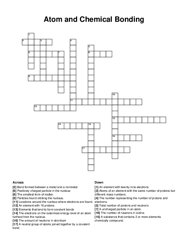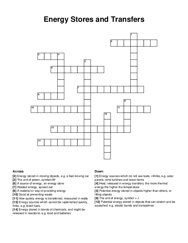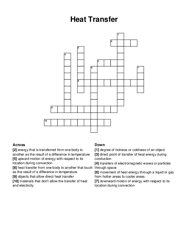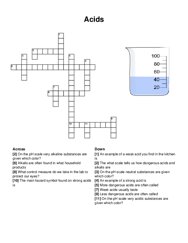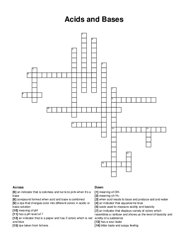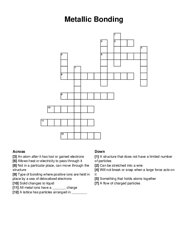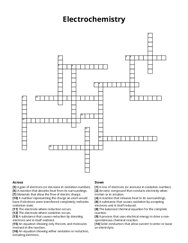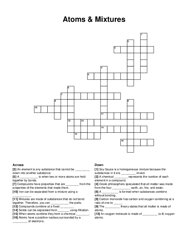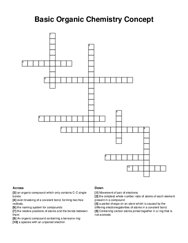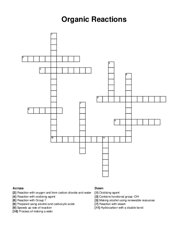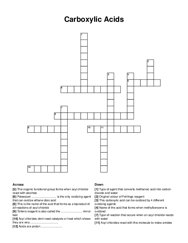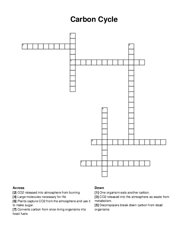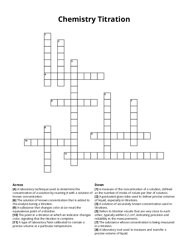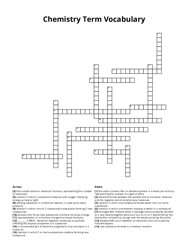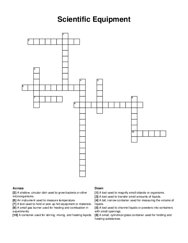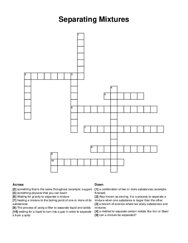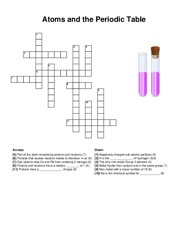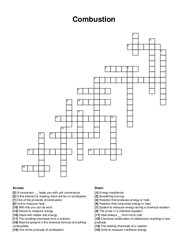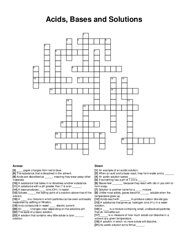Categories
- Agriculture / Farm
- Animals
- Arts / Crafts
- Beauty / Fashion
- Books / Literature
- Business / Finance
- Cities / Places
- Computers / IT
- Ecology / Climate
- Electronics
- Energy / Utilities
- Food / Drinks
- General
- Geography
- Geology
- Health / Fitness
- History
- Home / Garden
- Jobs / Education
- Kids / School
- Law / Government
- Music / Movies / TV
- News / Media
- Occasions
- Christmas
- Easter
- Halloween
- New Year
- Saint Patrick's Day
- Thanksgiving
- Valentine's Day
- Outdoors
- Religion / Belief
- Safety / Prevention
- Science
- Astronomy
- Biology
- Chemistry
- Physics
- Seasonal
- Society / Culture
- Sports
- Tools / Equipment
- Travel / Tourism
- Vehicles
Chemistry Crossword Puzzles
Free printable chemistry crossword puzzles. Download pre-made or create your own Crossword using our crossword maker. Simply download, print and start playing or play online.
You are browsing category Chemistry show all
never pour water into this; instead, slowly pour this into water, some of these are corrosive, only _ lab equipment as your teacher instructs you to …
electrolyte with normal values between 135-145, inflammation of a vein characterized by redness along the vein path in the area iv line is in place, …
a ratio expressed as a fraction that equals one, the ratio of the actual yield to the theoretical yield of a material, the volume occupied by 1 mole …
the changing from vapor state to a liquid state, when a substance is cooled, the mass per unit volume of an object, the changing from liquid to a …
a unit 1000 times smaller than a liter, matter with a definite shape and definite volume, an element that has some properties of metals and some of …
an enzyme that catalyzes the conversion of glucose to glucose-6-phosphate in the glycolysis pathway, a blood protein primarily responsible for the …
combination of two substances, anti-pollution masks are based on this separation method, ability of a substance to dissolve in a liquid, time off that …
the smallest thing that can exist on it's own, two or more elements chemically joined, not easily separated, material made of all of one type of …
what is the name for the [al]+3 ion?, what is the name for the [p]-3 ion?, what is the name of the [so3]-2 ion?, what is the name of the chromate …
_ and leucippus, suggested that matter was not infinitely divisible into smaller particles, atoms are made up of three particles: _ , neutrons and …
f (8), fe (4), na (6), ca (7), as (7), at (5), c (6), ne (4), pb (4), n (8), o (6), he (6), p (10), h (8), zn(4), be (9), k (9), hg (7), ni (6), ag …
a neutral group of atoms joined together by a covalent bond, positively charged particle in the nucleus, the number of neutrons in iodine, the amount …
energy stored in bonds of chemicals, and might be released in reactions, e.g. food and batteries, wasted energy, spread out, good at preventing waste, …
energy that is transferred from one body to another as the result of a difference in temperature, degree of hotness or coldness of an object, heat …
alkalis are often found in what household products, the what scale tells us how dangerous acids and alkalis are, the main hazard symbol found on …
meaning of ph, when acid reacts to base and produce salt and water, has a ph level of 7, an indicator that is colorless and turns to pink when …
will not break or snap when a large force acts on it, can be stretched into a wire, a lattice has particles arranged in _ , an atom after it has lost …
a gain of electrons (or decrease in oxidation number), the electrode where reduction occurs, a number representing the charge an atom would have if …
when atoms combine they form a chemical _ , iron can be separated from a mixture using a _ , an element is any substance that cannot be _ down into …
containing carbon atoms joined together in a ring that is not aromatic, an organic compound containing a benzene ring, movement of pair of electrons, …
contains functional group -oh, prepared using alcohol and carboxylic acids, making alcohol using renewable resources, reaction with oxygen and form …
acyl chlorides react with this molecule to make amides, this is the name of the acid that forms as a biproduct of all reactions of acyl chloride, this …
co2 released into atmosphere from burning, decomposers break down carbon from dead organisms, co2 released into the atmosphere as waste from …
a graduated glass tube used to deliver precise volumes of liquid, especially in titrations, a type of laboratory flask calibrated to contain a precise …
_ force - attraction between molecules or particles affecting the physical properties of a substance, representation of a chemical change that shows …
a container used for stirring, mixing, and heating liquids, a small, cylindrical glass container used for holding and heating substances, a small gas …
a method to separate certain metals like iron or steel, a branch of science where we study substances and mixtures, something physical that you can …
part of the atom comprising protons and neutrons (7), process that causes reactive metals to discolour in air (9), protons and neutrons have a …
something burning, heat always _ from hot to cold, deals with matter and energy, the starting chemicals of a reaction, one of the products of …
a _ is a mixture in which particles can be seen and easily separated by settling or filtration, the taste of a basic solution, _ is a measure of how …
